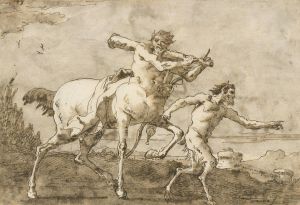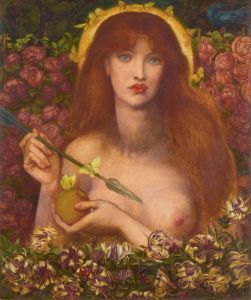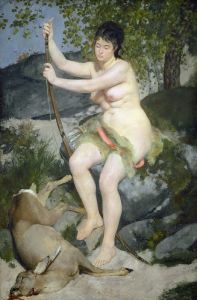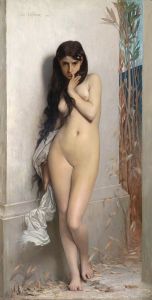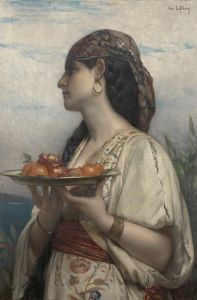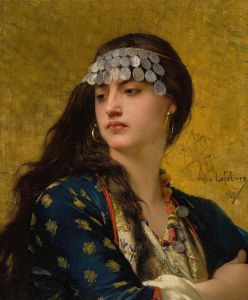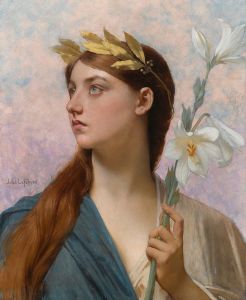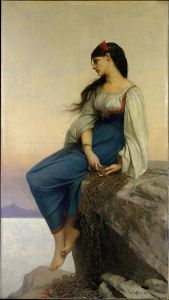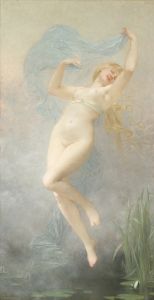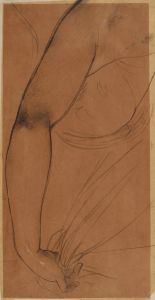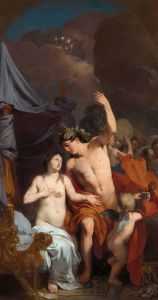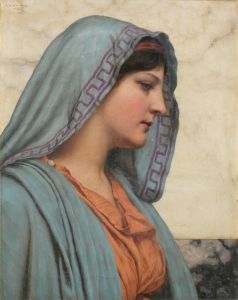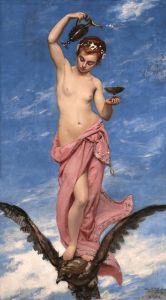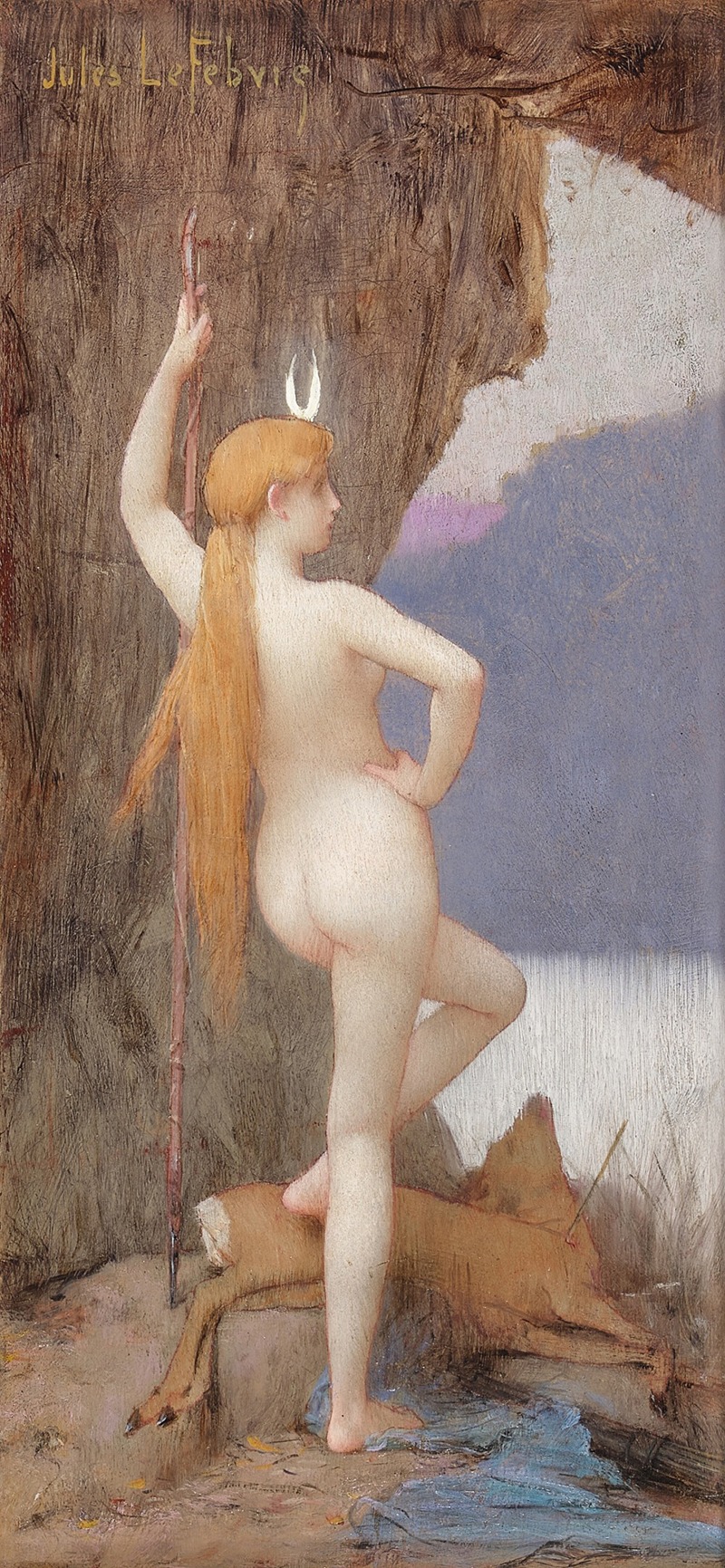
Diana, The Huntress
A hand-painted replica of Jules Joseph Lefebvre’s masterpiece Diana, The Huntress, meticulously crafted by professional artists to capture the true essence of the original. Each piece is created with museum-quality canvas and rare mineral pigments, carefully painted by experienced artists with delicate brushstrokes and rich, layered colors to perfectly recreate the texture of the original artwork. Unlike machine-printed reproductions, this hand-painted version brings the painting to life, infused with the artist’s emotions and skill in every stroke. Whether for personal collection or home decoration, it instantly elevates the artistic atmosphere of any space.
"Diana, The Huntress" is a renowned painting by the French academic artist Jules Joseph Lefebvre, completed in 1879. Lefebvre was a prominent figure in the academic art movement, known for his meticulous technique and his focus on classical themes, often drawing inspiration from mythology and allegory.
The painting depicts Diana, the Roman goddess of the hunt, the moon, and nature, who is equivalent to the Greek goddess Artemis. Diana is traditionally portrayed as a young and beautiful huntress, often accompanied by a bow and arrows, and sometimes with a deer or hunting dogs. In Lefebvre's interpretation, Diana is shown in a poised and graceful stance, embodying both strength and femininity, which are characteristic traits associated with the goddess.
Lefebvre's "Diana, The Huntress" is celebrated for its exquisite detail and the artist's ability to capture the ethereal beauty and serene confidence of the goddess. The painting reflects Lefebvre's mastery of the human form, a skill honed through his academic training and his dedication to the principles of classical art. The use of light and shadow in the painting highlights Diana's form and adds depth to the composition, drawing the viewer's eye to the central figure.
The artwork is a testament to Lefebvre's skill in portraiture and his ability to convey emotion and narrative through his subjects. Diana's expression is one of calm determination, and her posture suggests readiness and alertness, qualities befitting a huntress. The background of the painting is typically subdued, allowing the figure of Diana to dominate the scene and emphasizing her role as the central focus of the artwork.
"Diana, The Huntress" was well-received in its time, aligning with the tastes of the late 19th-century art world, which favored classical themes and technical precision. Lefebvre's work was exhibited at the Paris Salon, a prestigious venue for artists of the period, where it garnered attention and praise for its beauty and craftsmanship.
Jules Joseph Lefebvre was an influential teacher as well as an artist, and his works, including "Diana, The Huntress," have continued to be studied and admired for their contribution to the academic art tradition. His paintings are part of various collections and continue to be displayed in museums and galleries, reflecting the enduring appeal of his artistic vision.
In summary, "Diana, The Huntress" by Jules Joseph Lefebvre is a quintessential example of 19th-century academic art, showcasing the artist's technical skill and his ability to bring mythological subjects to life with elegance and precision. The painting remains a significant work within Lefebvre's oeuvre and continues to be appreciated for its artistic and historical value.






